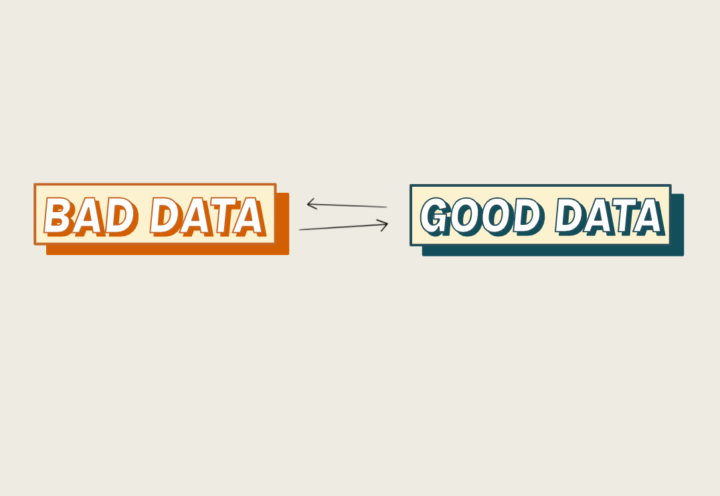Econyl is a form of nylon that is made entirely from waste products. It is made from a range of post-consumer waste including abandoned fishing nets, carpets, and rigid textiles and aims to be a green alternative to the original product which is made from a derivative of oil.
History of Econyl
A relatively new product, Econyl launched in 2011 and is made by Aquafil Global, a leading manufacturer of Nylon 6, also known as polyamide 6. Founded in 1956, Aquafil, based in Trento, Italy has a long history of manufacturing. In 2008 the company decided to add an energy and recycling division with chairman with CEO Giulio Bonazzi stating “Either you become sustainable or you will have to exit from the business”. Three years later, Econyl hit the market.
The Econyl Production Process
To make Econyl, waste products such as reclaimed fishing nets are first taken to pretreatment facilities where they are sorted and shredded into pieces small enough to be put through the Econyl process. The shredded material is then moved to a regeneration plant where they are put into huge chemical reactors that, through a process of de and re – polymerization break down the components of the material and re-generate the polyamide 6. The final product is then processed into yarn.
Econyl has great eco-friendly credentials; the use of abandoned fishing nets helps to clean up the seas where entanglement in abandoned nets causes the death of many thousands of whales, dolphins and other sea life every year. For every 10,000 tonnes of raw materials recycled into Econyl 70,000 barrels of crude oil are saved, and 57,000 tonnes of CO2 emissions are avoided compared to traditional production methods. Econyl fabrics can be recycled infinitely without losing quality, supporting the vision of a more circular fashion industry.
Uses
As Econyl has all the properties of traditionally made Nylon 6, it has the same wide range of uses. Big clothing brands such as Adidas, H&M and La Perla, plus numerous others have already started to use Econyl in a range of clothing including swimwear, underwear, and sportswear. It also has applications within the home, with companies such as Forbo Flooring and carpet concept using it in their production processes.
The process of recycling is not without its own environmental impact and textile-to-textile recycling is still in its infancy. Working towards designing out waste is ultimately better.
Three things to consider when designing more sustainable collections:
- Consider working with recycled alternatives of your chosen materials, the greater the demand the greater the interest and investment in the recycling industry
- Try working with mono rather than blended materials, as blended materials are currently difficult to recycle.
- Consider the dyes and chemical finishes that go into your fabric as this adds another layer of complexity to the recycling process.





